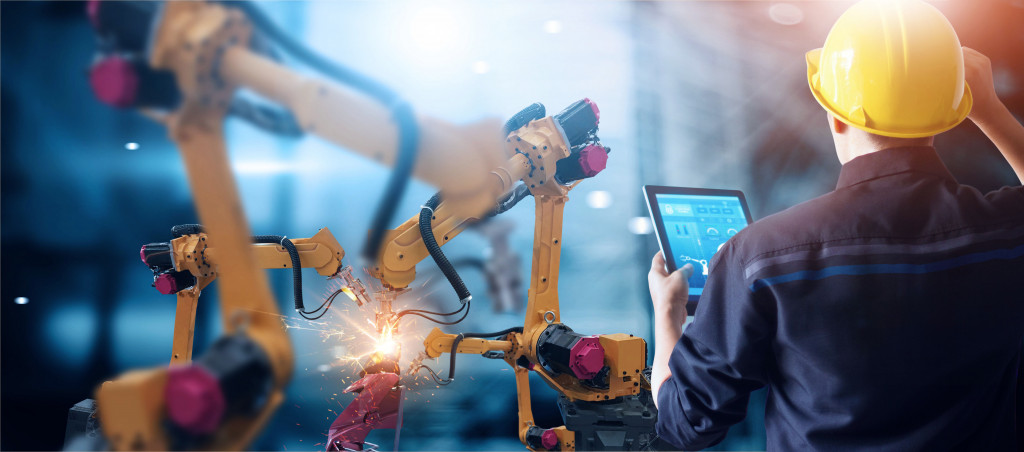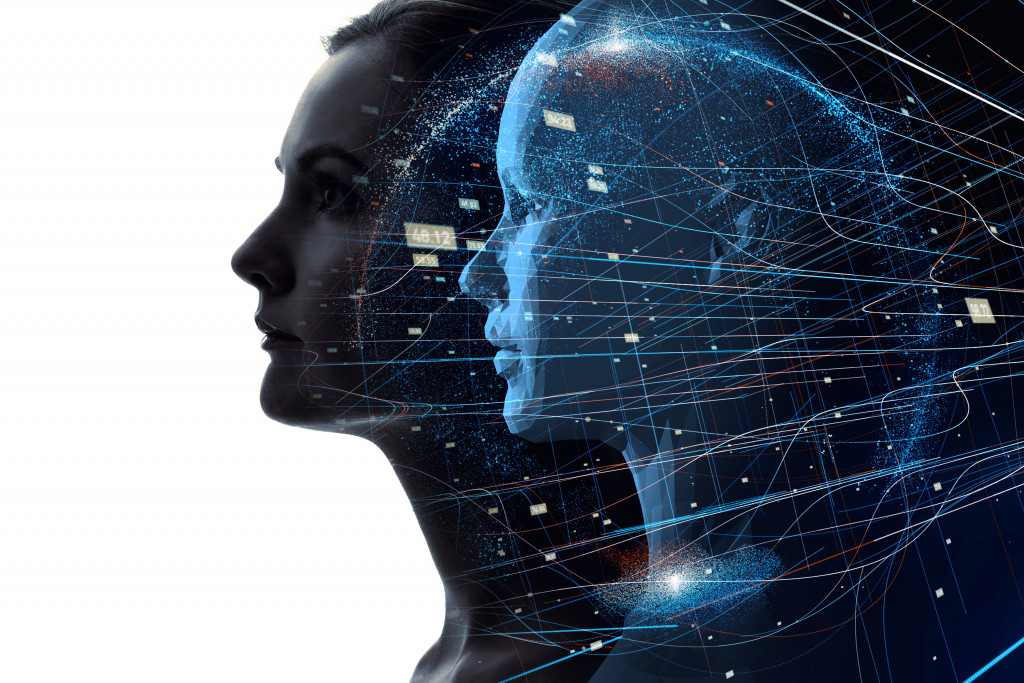Using artificial intelligence (AI) and machine learning to improve athletes’ performance and dominate tournaments sounds like the plot of a science fiction film, but it is happening here and now. While it’s difficult to claim that all coaches and players are using—or even familiar with AI and machine learning, the usefulness of these new technologies in high-stakes games and professional sports is undeniable.
As a case in point, Ireland’s field hockey team in the 2016 Rio Olympics used the “Athlete Optimization System” by Kitman Labs, a Dublin-based company dedicated to using data to enhance performance and reduce injuries among athletes. The company’s system analyzed athlete data from several sources, such as wearable trackers that showed workload information and other data related to mood, stress, sleep, hydration, diet, and perceived muscle soreness.
The data helped coaches arrive at more informed decisions about the amount of training an athlete must do. The company stresses the importance of looking at individualized data to assess an athlete’s fitness levels and overall capabilities.
Before we dig deeper into the use of AI and data in sports, let’s clarify some key terms.
What are AI and machine learning?
An oft-quoted definition of artificial intelligence comes from John McCarthy, who stated in his 2004 paper that AI is “…the science and engineering of making intelligent machines, especially intelligent computer programs.” AI is frequently defined as machines attempting to mimic human intelligence, specifically solving problems and making decisions.
AI encompasses machine learning and deep learning, which are disciplines made up of AI algorithms that intend to create systems that can make accurate predictions or classifications based on input data. To be more specific, machine learning is a branch of AI that uses algorithms and data to simulate how humans learn, improving its accuracy as time passes.
In simple terms, AI is the science of simulating human intelligence, while machine learning is a branch of AI concerned with imitating human learning.

How are AI and machine learning used in sports?
Sports analytics
The field of sports analytics refers to the application of mathematical and statistical principles to sports. In the past, teams have used statistics, intuition, and observations to reach important decisions, including recruiting athletes and assessing players’ performance. Today, high-powered analytical tools are used to get a better idea of how well an athlete plays.
This information is then used to make better decisions about the athlete’s training and career. Fans of the 2011 film Moneyball would be familiar with using sports analytics to build a winning team, even on a shoestring. The film tells the true story of the 2002 Oakland Athletics baseball team, whose claim to success was the partnership between general manager Billy Beane and Yale economics graduate Peter Brand. Beane and Brand use sabermetrics to scout and analyze baseball players. Sabermetrics is the empirical analysis of in-game baseball statistics. Sabermetrics uses objective evidence such as batting and hitting measurements for analysis.
In the earlier example of Ireland’s field hockey athletes in the Olympics, the goal was to avoid injuries, specifically those caused by overuse. Coaches have reasonable opinions and calculations about when their athletes need to rest and which aspects they need more training for.
But AI outraces the human mind in its ability to store and process vast amounts of data, such as statistics from athlete’s training and official matches. That is why Kitman Labs’ use of data and machines to help coaches advise players and design training programs is a great help.
In sum, sports analytics uses statistics and more advanced technologies (e.g., AI) to enhance team performance.
Helpful gadgets
Sports analytics benefits from advanced tools that allow machines to track more than just data on paper. Now, real-time videos are used to gather key points for analysis. For instance, the SportVU camera system takes a whole view of the play area in sports like baseball or basketball. The camera does track not only the ball but also the movement and position of players throughout the game. The recorded data is combined with algorithms and software to assess player performance and build better strategies.
Meanwhile, in sabermetrics, batting and hitting statistics can be measured by gadgets such as a radar gun for baseball. Radar guns measure the speed of a pitch or the speed of the ball when thrown or hit. The data can be processed using algorithms like the WASP (Winning and Scoring Prediction) created by Scott Brooker.
Key point
AI and machine learning are applied in sports analytics to improve the performance of athletes by tracking in-game activity and athletes’ vital statistics.




